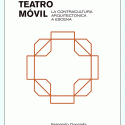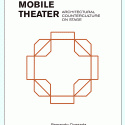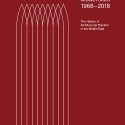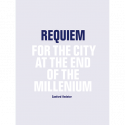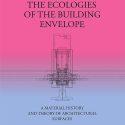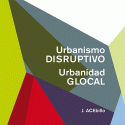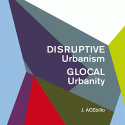Your Cart is empty
Teatro Móvil (SP ED.)
La Contracultura Arquitectónica a Escena
Fernando Quesada
Architect Javier Navarro de Zuvillaga (1942) graduated in 1968 at Madrid School of Architecture. During the academic year 1970-1971 he travelled from Madrid to London thanks to a grant of the British Council to complete his postgraduate training at the Architectural Association. There he designed a building called Mobile Theater. It was a theatrical device composed of several 8 x 2,5 meters trucks carefully designed, which contained all the building elements needed to shape a space for the performing arts or other collective uses. The assembly time —estimated for four workers— was six and a half hours. This project was internationally showed and published between 1971 and 1975, but was never built.
This book intends to release this project, largely ignored by canonical historiography, and to culturally place it in time and space: the agitated city of London in 1971. After the convulsions of May 1968, architectural counterculture rearmed on very different fronts, from the disciplinary rally to the guerilla positions. This architectural design accounts for these events, since it had a temporal development that goes beyond its mere conception as an artifact. The long and frustrated process for construction —1969 to 1976— calls for a particular intra-history, which this books will tell.
With contributions of Javier Navarro de Zuvillaga
Buy English edition
EBOOK EDITION

